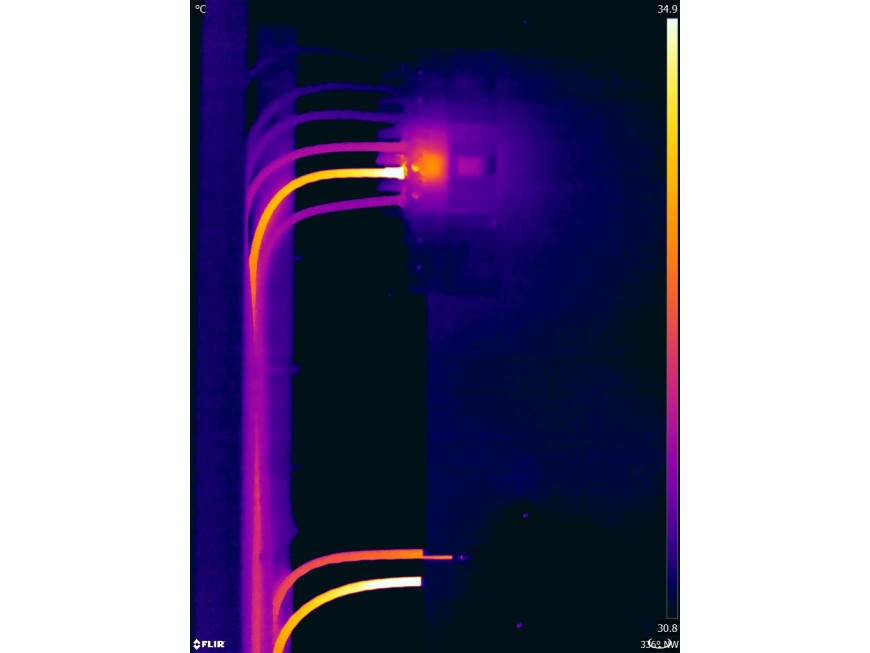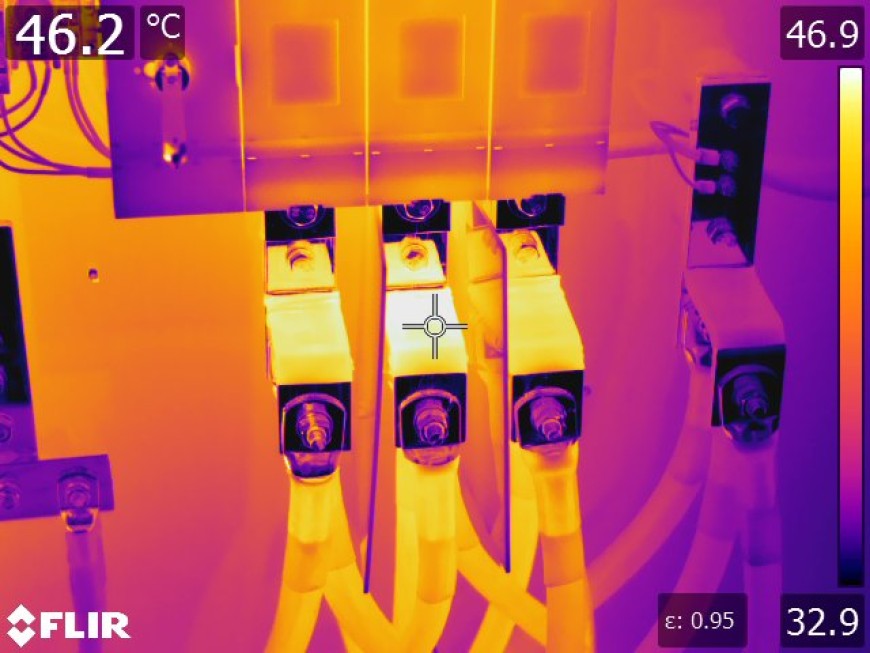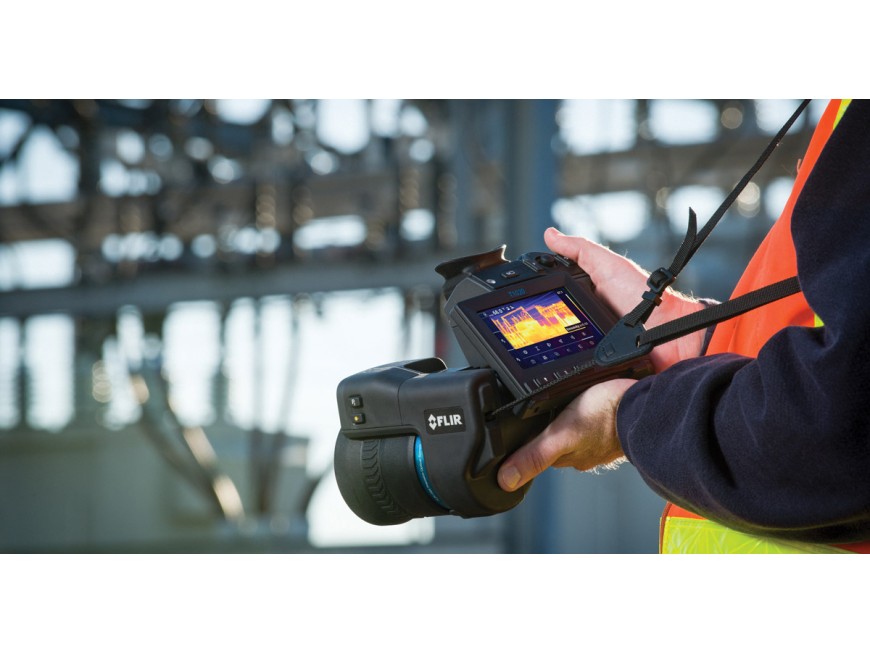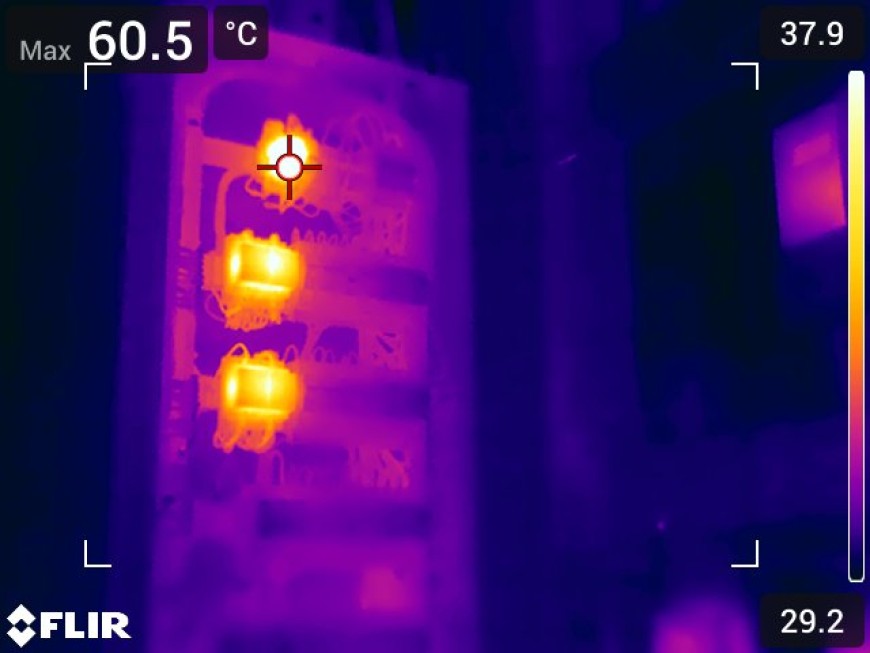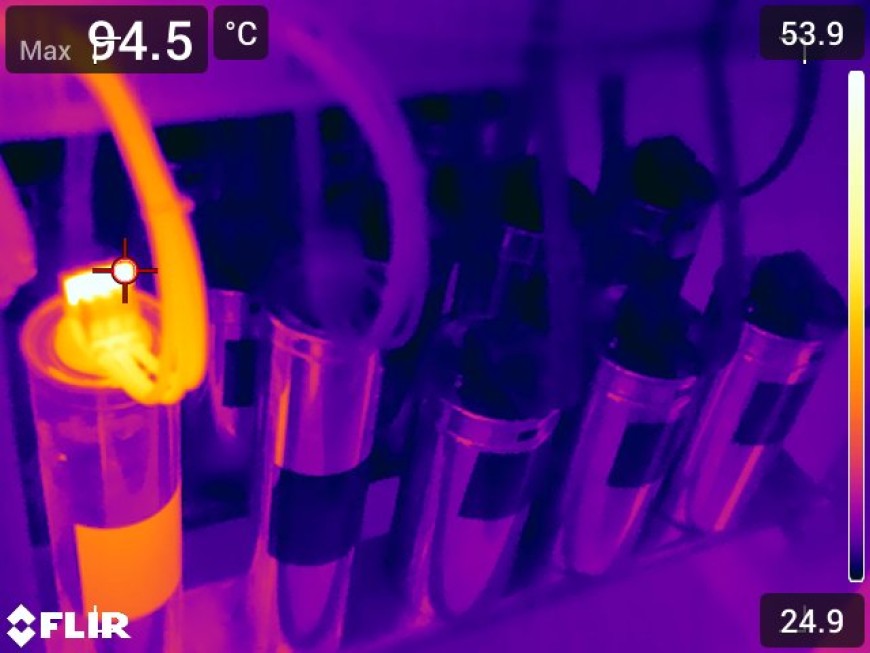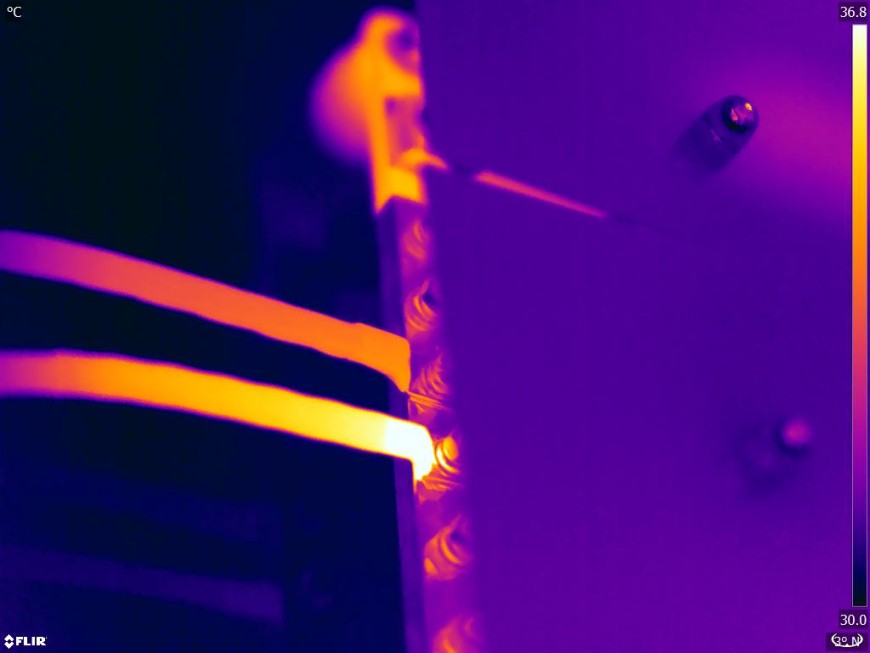-PAY ATTENTION OR PAY THE PRICE AND AVOID UNFORTUNATE FIRE INCIDENTS -GET THE INSPECTION DONE BY OUR EXPERIENCED ITC LEVEL 3 CERTIFIED THERMOGRAPHERS
Infrared Thermal imaging analysis of electrical equipment and installations (Electrical Thermal Inspection) is probably the most common application of infrared thermography from many years. It is being used for inspection of both high voltage and low voltage installations. Transformers, over headlines, cabinets, switchgears, busbars, capacitor banks, MDBs, SMDBs, DBs and other electrical equipment’s can be tested using thermography cameras and can avoid catastrophic failures of equipment and fire incidents. Thermography is so useful on electrical equipment’s that it keeps the inspector at safe distance and it does not intrude upon electrical installations. Thermography should be done on live equipment with at least 60% load. Reports can be generated according to a classification criterion as per international standards or it can be generated as per customer’s classification criteria.
How Electrical Thermal Inspection is Done?
Electrical thermal inspection, also known as infrared thermography or thermal imaging, is a technique used to detect and identify potential issues in electrical systems by analyzing the temperature distribution of components and equipment. Here’s how the process is typically carried out:
- Equipment Setup: To begin with, a thermal imaging camera is used, which is capable of capturing infrared radiation emitted by objects. The camera should be calibrated and set up according to the manufacturer’s instructions.
- Power-On: The electrical system under inspection is powered on and operating under normal conditions. This is important because abnormalities can often be identified by comparing the temperatures of different components during normal operation.
- Scanning: The inspector uses the thermal imaging camera to scan the electrical components and equipment. It’s essential to cover all relevant areas, including electrical panels, switchgear, transformers, motors, and any other components that may generate heat.
- Image Capture: The thermal imaging camera captures the infrared radiation emitted by the objects in its field of view and converts it into a visible image. Modern thermal cameras often provide real-time visualization, allowing the inspector to observe the temperature patterns and anomalies immediately.
- Analysis: The captured thermal images are then analyzed by the inspector. They look for abnormal temperature patterns, such as hotspots, temperature gradients, or overheating in specific components. Comparisons may be made with similar equipment or with manufacturer-recommended temperature ranges to determine if any anomalies are present.
- Interpretation: The inspector interprets the thermal images and identifies potential issues or areas of concern. Common problems detected during electrical thermal inspections include loose connections, overloaded circuits, faulty components, insulation breakdown, and imbalanced loads.
- Reporting: The findings from the thermal inspection are documented in a report. The report typically includes the identified anomalies, their location, severity, and recommendations for corrective actions. This information helps prioritize maintenance or repair activities.
It’s worth noting that electrical thermal inspections are often performed by trained professionals who have experience in interpreting thermal images and understanding electrical systems. Regular thermal inspections can help identify potential problems before they lead to equipment failures, malfunctions, or safety hazards.



